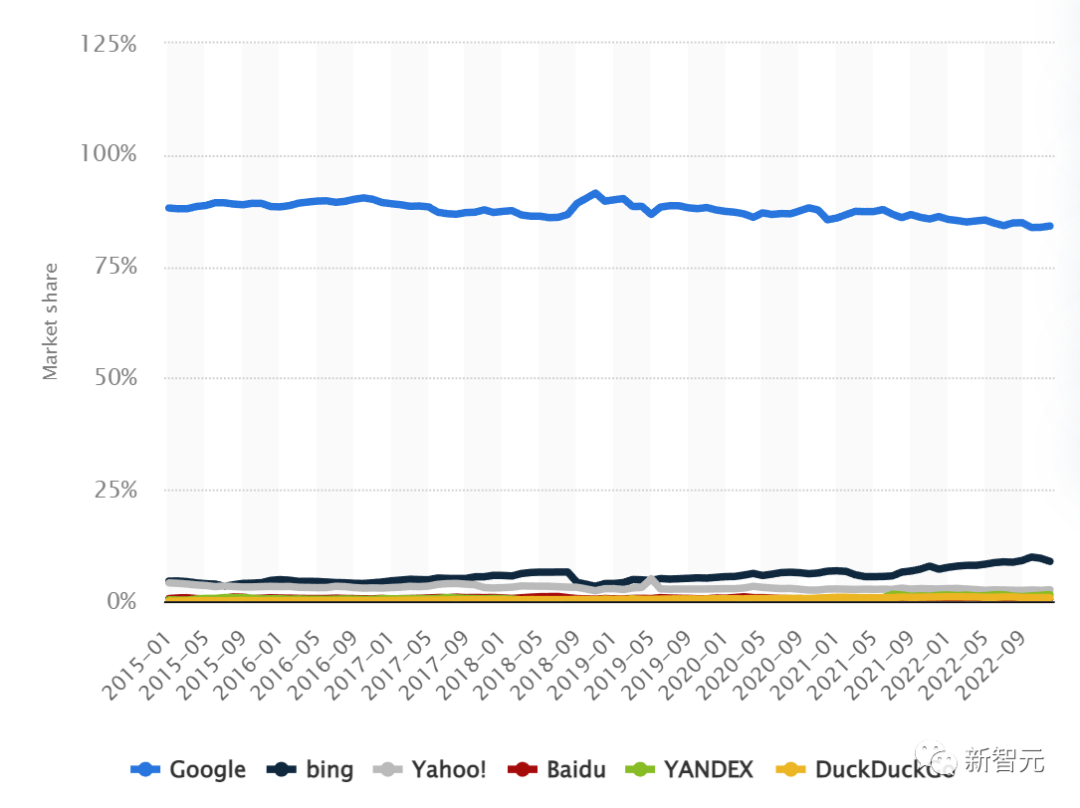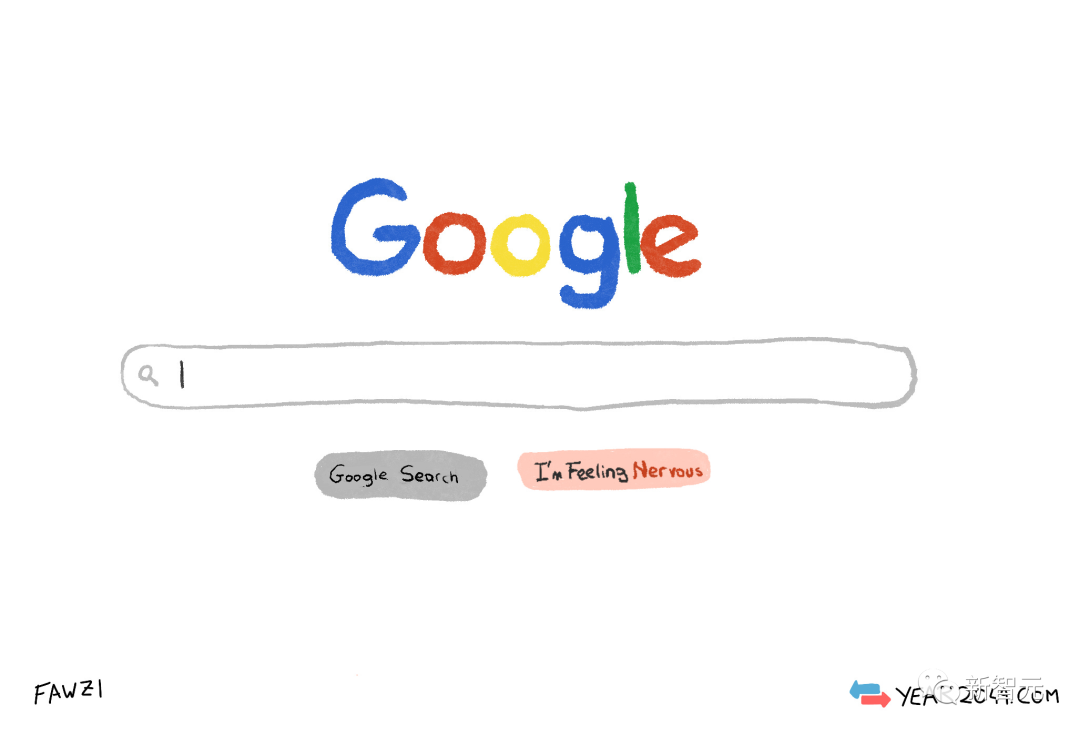In B station, a master of UP shared his undergraduate thesis written in only half an hour by ChatGPT, which successfully passed the check of a domestic website with a check rate of less than 9%. However, it turns out that most of the references that ChatGPT “confidently” lists in his paper are “fabricated” documents that do not exist.
According to a January Study.com survey of 1,000 students over 18, 48 percent used ChatGPT to complete quizzes and 53 percent used ChatGPT to write essays.
The anti-Chatgpt trend has become a new trend in academic circles, as students are cheered by ChatGPT’s impressive performance in writing formal papers and passing professional exams, while universities and research institutes are alarmed.
The University of Hong Kong recently sent an internal email to faculty and students stating that ChatGPT or other AI tools are prohibited in all classes, assignments and assessments at the university. If teachers suspect that students are using ChatGPT or other AI tools, they may ask students to discuss their work, take additional oral examinations and examinations.
Last week, the Jinan Journal (Philosophy and Social Sciences Edition) and the Journal of Tianjin Normal University (Basic Education Edition) issued a statement that they would not accept any large language modeling tools (such as ChatGPT) individually or jointly signed articles.
In the United States and Europe, more universities and academic journals have banned ChatGPT earlier.
But is simply banning ChatGPT enough to stop plagiarism?
The popularity of AI face-swapping apps has led to a number of anti-AI face-swapping tools. Now, is there a viable way to identify whether ChatGPT is generating a paper?
Jiayu Tang, vice president of RealAI, which focuses on authentication technology for synthetic audio and video, told TechWeb that the difficulty in identifying ChatGPT’s products is that there are fewer distinguishing features between machine-written and human-written text. The result of machine-generated text can better follow the rules of human writing from both structural and semantic perspectives. Meanwhile, the way a real person speaks may be changeable and structurally incorrect, so it is difficult to identify whether ChatGPT was generated from the text itself. Currently, RealAI’s ability to authenticate synthetic text is under construction, and a demo will be released soon.
Digital watermarks used to “anti-chatgpt” are wishful thinking
In the “anti ChatGPT” technology flow, digital watermarking technology was once a hot topic. But can digital watermarking really be used to anti-chatgpt?
Digital watermarking is a technology that can be used to protect digital content such as text, images, audio and video from unauthorized copying and distribution. Digital watermarking can embed some hidden identifying information into the digital content. The identifying information will not affect the digital content itself, but can help to identify the real source and copyright information of the digital content.
There are two visions of digital watermarking against ChatGPT.

One is to digitally watermark the content generated by ChatGPT to indicate that it was written by ChatGPT, thus achieving anti-Chatgpt. But that requires the cooperation of AI content generation companies like ChatGPT, which means they’re willing to do it.
ChatGPT’s developer, Open AI, has previously said it is considering watermarking content generated by AI systems to help identify text from AI. So far, Open AI has not been seen taking that action.
Even if AI content generation companies are willing to add digital watermarks to their content, industry experts believe that digital watermarking is just a technical measure that cannot solve all the problems of plagiarism. Some people may use various methods to remove digital watermarks or circumvent detection of digital watermarks by changing the order of some words or sentences.
AI generation is usually based on a large amount of training data and model parameters. Another alternative to digital watermarking is to use digital watermarking to identify content as copyrighted, to prevent it from being used for training by AI models such as ChatGPT, thus preventing imitation and copying.
But this is somewhat wishful thinking. Digital watermarking is not a complete guarantee that the content will not be used to train the model. Some criminals may use various technical means to try to delete the digital watermark, or by modifying the article to bypass the detection of the digital watermark. In addition, some unscrupulous people may ignore the digital watermark and steal the copyright content as training data.
“Anti-chatgpt” tools may be available at once
Currently, there are several tools used to detect whether an article is generated by AI, including:
OpenAI GPT-3 Playground: An online application developed by OpenAI to test and explore the functionality of the AI language model GPT-3. In this application, some text can be entered and the GPT-3 model automatically generates the next sentence or complete article. This application can also be used to test whether an article is generated by a language model such as GPT-3.
Grover: A tool developed by the Allen Institute for Artificial Intelligence to detect false news and fake articles. Grover can analyze the language style and structure of an article and try to distinguish between articles generated by humans and artificial intelligence. The tool can also identify some common forgery techniques and techniques.
AI21 Writer’s Studio: An online writing tool developed by AI21 Labs that provides users with automatic suggestions and editing services to help them write smoother and more accurate essays. The tool can also be used to detect if an article is generated by artificial intelligence.
Botometer: A Twitter bot detection tool developed by Indiana University and the University of Southern California. Botometer analyzes the activity and behavior of a Twitter account to determine whether it is managed by a real user or an automated bot.
All of these tools can be used to detect whether an article or paper was generated by artificial intelligence, but it’s important to note that none of them are 100% accurate.
Therefore, when evaluating whether an article or paper is written by AI, it is best to combine multiple methods and techniques to make a comprehensive analysis and judgment.
Taking ChatGPT as an example, Tang Jiayu mentioned to TechWeb that “Identifying ‘ChatGPT products’ is to make good use of the review mechanism and technology to prevent ChatGPT from generating academic articles by rewriting and summarizing. Second, from the content itself, ChatGPT is not yet able to fully guarantee the logical rigor and thematic consistency of academic articles, which can be identified from the semantic level.”
In addition, in the case of the undergraduate paper written by ChatGPT shared by the host of B UP, check the source and background of the article. If the paper comes from an unknown or untrusted source, it needs to be evaluated more carefully.
Regarding ChatGPT’s potential for plagiarism, Pan Xin, former COO of New Oriental Online, said, “There is little need for such concerns.” “When there was no ChatGPT, there was no copying of papers and assignments? We can trust a little. If we can use technology to cause problems, we can solve them by technological and administrative means.”
In the opinion of the student party, ChatGPT is used to write a paper. Data, arguments and even references are made up. It is suggested that ChatGPT should do some auxiliary work, such as giving an outline of the paper or suggesting general directions.
Read Also: How to Download Minecraft 1.20 PC and APK Free for IOS, Android,Windows
Some students said they need self-discipline, saying, As anti-Chatgpt software comes online, the algorithm will only get better and better. Even if we get away with it now, it is only a matter of time before we are caught.












